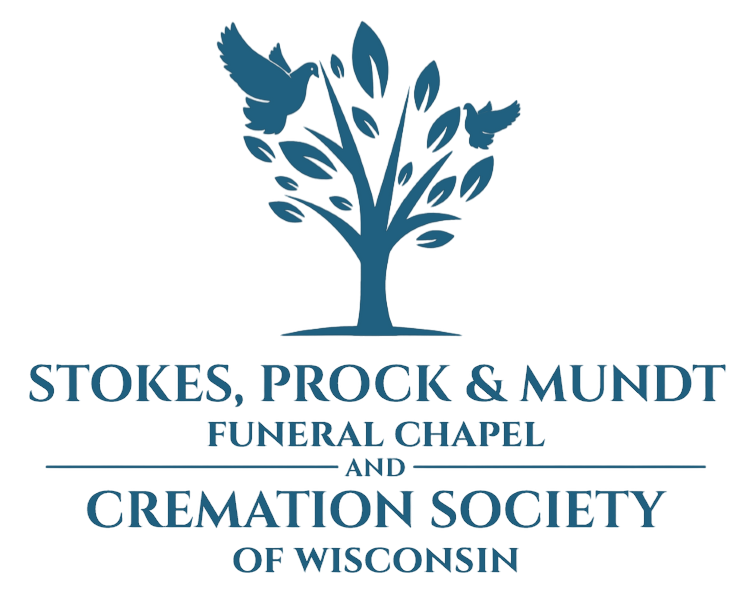Our 8-Step Cremation Process
Once you have made initial contact with one of our funeral directors and have notified us of the death, we want you to know what you can expect to happen next. Please consult this guide or contact our office before scheduling any services where you wish to have the cremated remains present. Due to the fact that several steps of the process are out of our hands, we cannot guarantee “rush” cremations.
- We will make arrangements to pick up your loved-one from the place of death. We will also contact the coroner/medical examiner in the county of death to make arrangements for them to complete any of their necessary viewings or paperwork prior to removal.
- Your loved-one’s identity is verified at the place of death, and an ID bracelet is placed on their wrist. They are then transported back to our location in Altoona, WI.
- Upon arrival at our facility, their identity is again verified, and their arrival is documented on our log-in sheet. We have a refrigerated holding area where they will be held until all proper permits have been obtained*.
*Wisconsin state law dictates a minimum of 48 hours from the time of death before any cremations can take place. - If paperwork from the Authorized Agent(s) (A.A.)** was not completed at the place of death, we will either set up a time for the agent to come to our location do this, or forms can be filled out online. We must receive all paperwork back before we can proceed with the next step, and ultimately with the cremation process.
**This person is usually the same as the next of kin, but is defined by WI state law. In cases of children, parents, siblings, etc., there may be more than one A.A., and state law requires that we obtain, at minimum, the consent of the majority number. - Once we have received the completed paperwork from the Authorized Agent(s), we can proceed with entering the deceased’s information into the Wisconsin vital records database. This then generates the necessary information to obtain a signature on the death certificate from the appropriate doctor (or in some cases coroner/medical examiner). Please note that once the information is sent to the doctor (or coroner/medical examiner) it can sometimes take several days for them to complete this step.
- Upon receiving the signature from the doctor (or coroner/medical examiner), we can submit a request to the coroner/medical examiner in the county of death to obtain a cremation permit. Again, this step can sometimes take several days depending on the workload of the coroner/medical examiner.
- All of the above steps must be completed before cremation can be scheduled. With the cremation permit in our possession, we will schedule the cremation to take place at the earliest possible time. When one of our certified crematory operators is ready to perform the cremation, the identity of the deceased is verified by two separate employees before cremation. This step is documented on our crematory log sheet. Identifying paperwork stays with the deceased throughout the entire cremation process.
- Once the cremation has taken place, the Authorized Agent is notified. At the time the initial paperwork was filled out by the A.A., they indicated on the Family Authorization form as to what they would like us to do with the cremated remains. Options include authorizing someone to pick them up at our facility, mailing them to a designated person, or delivering them to a cemetery. Please note that any changes from the original authorization (including changes to who is allowed to pick up the cremated remains) must be given to us in writing. We are not allowed to make changes over the phone. Anyone who picks up cremated remains at our office must show a picture ID, and sign a receipt.
These steps are in place for your safety, and to offer you peace of mind and confidence in our care of your loved-one. We are required to follow all state and federal laws, as well as company policies to ensure the highest level of care.
